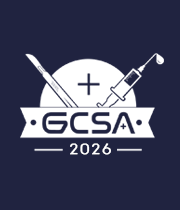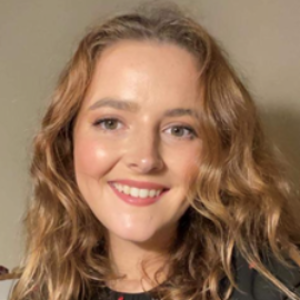Title : A systematic review of short-term outcomes of three robotic extraperitoneal techniques of ventral hernia repair; eTEP, TA-RM, and TAPP, compared to robotic intraperitoneal onlay mesh (IPOM)
Abstract:
Annually, it is estimated that over twenty million hernias are repaired globally, almost 10% of patients develop incisional hernias after laparotomies. This carries great morbidity and financial burdens. Since its inception, robotic repairs have allowed further degrees of motion and visualisation creating space for new techniques that may benefit patients and surgeons. Extraperitoneal placement of mesh makes mesh-induced visceral complications almost negligible. However, no systematic review has compared the various extraperitoneal techniques, retromuscular (both totally extraperitoneal and transabdominal), and preperitoneal, with intraperitoneal technique. The aim of this review is to compare these three extraperitoneal techniques with each other and against the standard-of-care to guide clinical decisions on which technique is most appropriate for patients.
Methods: PubMed, OVID, and Cochrane were searched from inception until 31st May 2022. Studies including robotic ventral hernia repairs performed extraperitoneally, retromuscular and preperitoneal, were considered for this review. Robotic intraperitoneal onlay (IPOM) techniques were included as control, however, studies without a control were also included. A descriptive, statistical analysis was performed on the included studies for our primary and secondary outcomes. Primary outcomes included total complication rates, recurrences, re-admission within thirty days post-operatively, and conversion.
Results: Twelve studies were included in this review, consisting of ten retrospective studies and only two propensity-matched studies. This review included a total of one- thousand, nine-hundred and ninety-nine patients. IPOM was not associated with more complications, recurrences, or conversions than the extraperitoneal cohorts, however, was associated with more re-admissions within thirty days. Surgical site events like SSIs and seroma formation were equally likely to occur intraperitoneally and extraperitoneally. Haematoma formation was reduced in the extraperitoneal cohorts, possibly due to increased instrument manipulation. Pain and QoL were similar across the board. Operative times were longer in the retromuscular techniques, eTEP and TA-RM, but on average shorter in the TAPP cohort than IPOM. This could potentially explain the increase in cost with the eTEP technique, but no prolonged length of stay was observed.
Conclusion: The findings of this review showed that extraperitoneal techniques were non-inferior to IPOM, but are associated with longer operative times, greater hospital costs. Complication rates are similar to IPOM repairs but re-admissions within 30-days were lower. Extraperitoneal procedures are more complex than IPOM without clear medical or fiscal benefit. Further long- term, randomised, prospective studies with large participant groups and controls are required to gain more insight into each of these techniques and their role in modern ventral hernia repairs. Each technique has its benefits for patient-specific care and therefore, this review recommends that all patient and technique factors be taken into consideration on an individual basis when deciding on a repair technique.
Audience Take Away Notes:
- The global burden of hernia repairs are rising, this presentation would allow the audience to consider different surgical techniques.
- This paper helps physicians and Trusts consider the clinical benefits and disadvantages to different ventral hernia repair techniques with regards to infection, recurrence, hospital admission duration, operative times etc. so that they can make informed individualised care plans for their patients and provide the optimum care possible.
- Highlight the gaps in available literature and the need for future primary research into this field.



